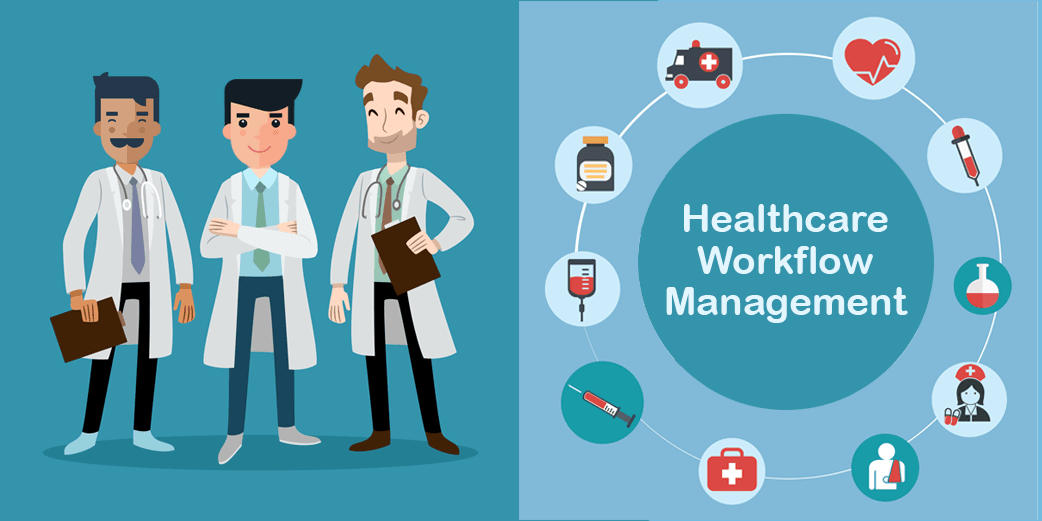In today’s fast-paced healthcare environment, efficiency isn’t just a goal—it’s a necessity. If you’re exploring ways to optimize processes, reduce errors, and free up your staff to focus on patient care, healthcare workflow automation is a powerful strategy worth considering.
Healthcare workflow automation involves using technology to automate routine, repetitive tasks and coordinate complex processes, ensuring that care delivery runs smoothly and efficiently. From appointment reminders to insurance verification and clinical documentation, automation can revolutionize how your practice operates.
This guide will explain what healthcare workflow automation is, why it matters, common use cases, and best practices for implementation.
What Is Healthcare Workflow Automation?
Healthcare workflow automation refers to the use of software tools and systems that automatically execute predefined healthcare processes without manual intervention. This can include sending automated messages, routing patient data, triggering alerts, or integrating different health IT systems.
The goal is to minimize human error, save time, improve consistency, and enhance overall operational effectiveness.
Why Automation Matters in Healthcare
Healthcare workflows are complex and involve multiple stakeholders—providers, patients, administrative staff, insurers, and external partners. Manual processes can lead to delays, data inconsistencies, and staff burnout.
Automation helps by:
- Reducing Administrative Burden: Automates routine tasks like appointment reminders, data entry, and insurance checks.
- Improving Patient Engagement: Timely automated messages keep patients informed and compliant.
- Enhancing Accuracy: Minimizes errors in data transfer, scheduling, and documentation.
- Accelerating Revenue Cycle: Streamlines billing, coding, and claims management.
- Supporting Compliance: Ensures standardized processes aligned with regulations.
Common Use Cases of Healthcare Workflow Automation
1. Automated Appointment Scheduling and Reminders
Systems can automatically send appointment confirmations, reminders, and follow-ups via SMS, email, or phone, reducing no-show rates and improving patient attendance.
2. Digital Intake and Consent Forms
Automation enables patients to complete forms online before visits, with data automatically uploaded to EHRs, reducing check-in times and manual data entry.
3. Insurance Verification and Authorization
Automated workflows can verify patient insurance eligibility and trigger pre-authorization requests, speeding up approval processes and reducing claim denials.
4. Clinical Documentation Support
Automation tools can pre-fill templates, prompt providers for required data, and route completed notes for review and billing.
5. Patient Communication and Education
Triggered messaging workflows deliver personalized health tips, medication reminders, and post-discharge instructions.
How to Implement Healthcare Workflow Automation Successfully
Step 1: Map Existing Workflows
Identify manual, repetitive tasks that consume time or cause errors. Document current processes to understand where automation will have the greatest impact.
Step 2: Set Clear Goals
Define what you want to achieve—reduce no-shows by X%, speed up billing, or improve patient satisfaction scores.
Step 3: Choose the Right Technology
Select platforms that integrate seamlessly with your EHR, practice management, and communication systems. Tools like Curogram offer automation designed specifically for healthcare workflows.
Step 4: Train Your Staff
Ensure all users understand how automation fits into their roles and workflows to encourage adoption and avoid resistance.
Step 5: Monitor and Optimize
Regularly review automation outcomes using KPIs and adjust workflows for continuous improvement.
Challenges to Watch For
- Integration Complexities: Legacy systems may not easily connect, requiring custom solutions.
- Staff Resistance: Change management is key; involve staff early in planning.
- Data Privacy and Security: Automation platforms must be HIPAA compliant with secure data handling.
- Over-Automation: Avoid automating tasks that require human judgment or personal touch.
Real-World Benefits of Healthcare Workflow Automation
A community clinic implemented automated appointment reminders, online intake, and insurance verification. Within six months:
- No-show rates decreased by 35%
- Staff spent 25% less time on administrative calls
- Revenue cycle times improved by 20%
- Patient satisfaction scores rose
Automation transformed their operations without increasing headcount.
Final Thoughts
Healthcare workflow automation is a strategic investment that drives efficiency, improves patient experience, and supports care quality. By automating routine tasks and streamlining complex processes, healthcare organizations can free staff to focus on what matters most: delivering excellent patient care.
External Resource: For more on healthcare automation trends, visit HealthIT.gov’s Automation Resources.
